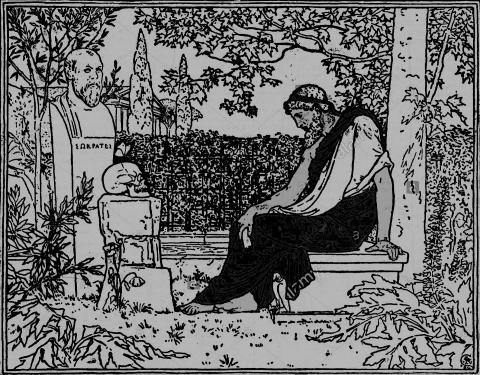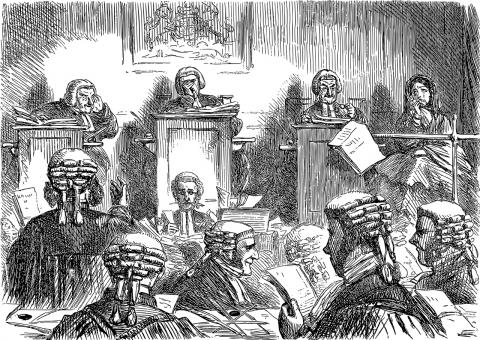June 2021

The Story of the Mongoose, Rat, Owl, and Cat[1]
There was a large banyan tree just outside the town of Vidiśā. Taking shelter in the tree were four creatures: a mongoose, a rat, an owl, and a cat. In two burrows at its base lived the mongoose and the rat; the cat resided in the burrow which was in the middle of the tree; the owl resided in a hole which was towards the end of a branch; all the other three animals were predators of the rat; the...
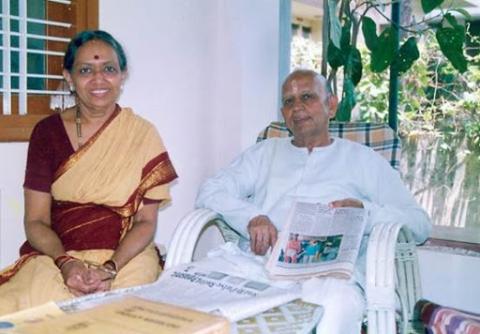
Adherence to the Tattva – Fundamental Philosophy
The alepayoga[1] that the Bhagavad-gītā talks about was not just a topic that Rao preached. He had put it in to practice in his own life. Let us keep aside the aspect of running behind awards and recognitions. He never sought even the things that should have been lawfully and morally his. When I recall all this in my mind, I sometimes feel dejected about the extent to which our society becomes...
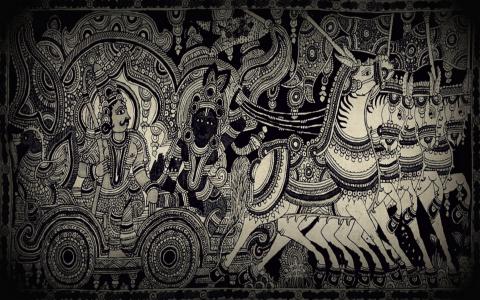
The Beginning of the Instruction
The second chapter of the Gītā has four main aspects.
The remainder of the first chapter’s topic, i.e. Arjuna’s words of abandoning battle.
Propounding the eternal nature of the Self (ātmā)
The necessity of performing one’s own dharma
The nature of the knower of reality
Let us look at this one by one.
Arjuna’s Wish to Give Up
The story of Arjuna’s depression continues in the first nine verses. When Arjuna...
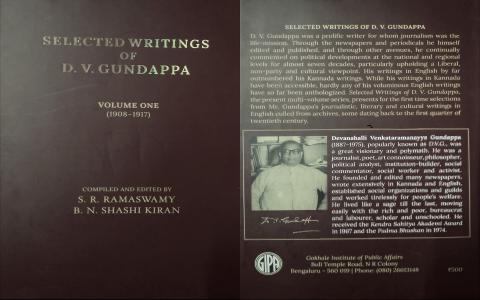
Volume Four (1929–1946)
In 1931, DVG brought together his considered views on the problem of the Native States in a monograph titled The States and their People in the Indian Constitution. The book drew acclaim from reputed periodicals such as Bombay Chronicle, People, Hindustan Times, Servant of India, and Triveni. Eminent publicists such as A B Keith, C F Andrews, Alladi Krishnaswamy Iyer, and P L Chudgar considered it a tour-de...

7. Next day when Vatsarāja went to Vāsavadattā, he observed that she did not treat him any differently. He asked her cautiously, “Devi! Did you know that a princess called Kaliṅgasenā has come to marry me?” Without revealing her heartache, Vāsavadattā replied lovingly, “Yes my king. I have known. Indeed, it is as if Lakshmi herself has come! Through her, even her father, king Kaliṅgadatta, will be on your side. Although she is yearned for by...

Sir Mirza Muhammad Ismail Saheb’s ancestors hailed from Persia. Persia is known as the land of famous poets like Firdausi [Abul-Qāsem Ferdowsi Tusi], Hafiz [Khwāja Shams-ud-Dīn Muḥammad Ḥāfeẓ-e Shīrāzī], Omar Khayyam [Ghiyāth al-Dīn Abū al-Fatḥ ’Umar ibn Ibrāhīm al-Nīsābūrī al-Khayyāmī], Sadi [Abū-Muhammad Muslih al-Dīn bin Abdallāh Shīrāzī]. Persian literature and culture had come to Mirza as a family trait. His ancestors had come to India from...
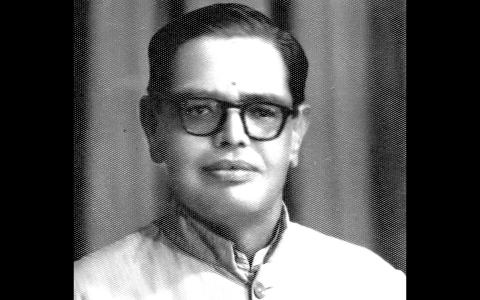
Recent research has debunked the theory—built on philological grounds—that the Aryans came to India from Central Asia or elsewhere and settled here. The person who sharply criticized the ‘Aryan Invasion’ Theory of European scholars even before the decades of 1940–1950s is the renowned historian Dr. S Srikanta Sastri.[1] In spite of erudite scholarly circles discarding the ‘Aryan Invasion’ Theory, owing to the idiosyncrasies of our system of...

ಮುರಾರಿ
ಸಂಸ್ಕೃತದ ದೃಶ್ಯಕಾವ್ಯಪರಂಪರೆಯಲ್ಲಿ ಎಲ್ಲರಿಗಿಂತ ಮಿಗಿಲಾದ ವಿದ್ವತ್ಕವಿಯೆಂದು ಹೆಸರಾದವನು ಮುರಾರಿ. ಈತನ ಏಕೈಕರೂಪಕ “ಅನರ್ಘರಾಘವ”ದ ಪ್ರಸ್ತಾವನೆಯಲ್ಲಿ ಬಂದಿರುವ ಕೆಲವೊಂದು ಮಾತುಗಳು ನಮ್ಮ ಆಸಕ್ತಿಗೆ ಅರ್ಹರಾಗಿವೆ. ರಸಿಕರು ಅಪೇಕ್ಷಿಸುವುದು ವೀರ-ಅದ್ಭುತರಸಗಳನ್ನು ಒಳಗೊಂಡ ಉದಾರಗಂಭೀರವಾದ ವಸ್ತುವನ್ನುಳ ಕಾವ್ಯವನ್ನೆಂದು ಮುರಾರಿಯು ಮೊದಲಿಗೇ ಒಕ್ಕಣಿಸಿದ್ದಾನೆ:
ತಸ್ಮೈ ವೀರಾದ್ಭುತಾರಂಭಗಂಭೀರೋದಾತ್ತವಸ್ತವೇ |
ಜಗದಾನಂದಕಂದಾಯ ಸಂದರ್ಭಾಯ ತ್ವರಾಮಹೇ || (೧.೬)
ಇಲ್ಲಿ ಕವಿಯು ಧರ್ಮಾರ್ಥಸಾಧಕವಾದ ವೀರ ಮತ್ತು ಸರ್ವಜನಮನೋಹರವಾದ ಅದ್ಭುತಗಳನ್...

